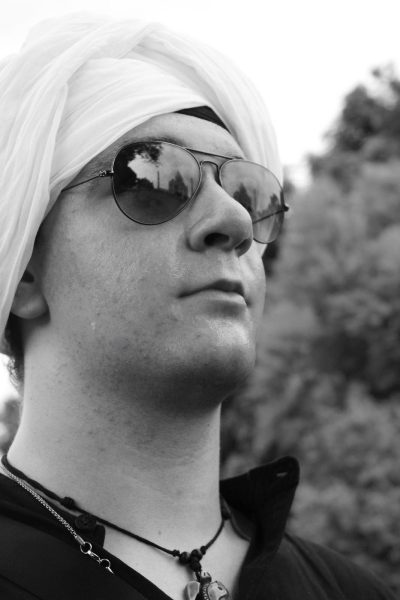Content Warning: This article contains images of mummified human remains.
In a remote Himalayan village, a monk has been sitting in silent meditation for over 500 years.
Gue village is deep in the rugged mountains of Himachal Pradesh, India. Breathtaking landscapes, Zangdok Palri Monastery, and a certain stillness make this a place that commands reverence. Among the serenity of the area is the resting place of Sangha Tenzin, a monk whose life and death continue to captivate both locals and researchers.
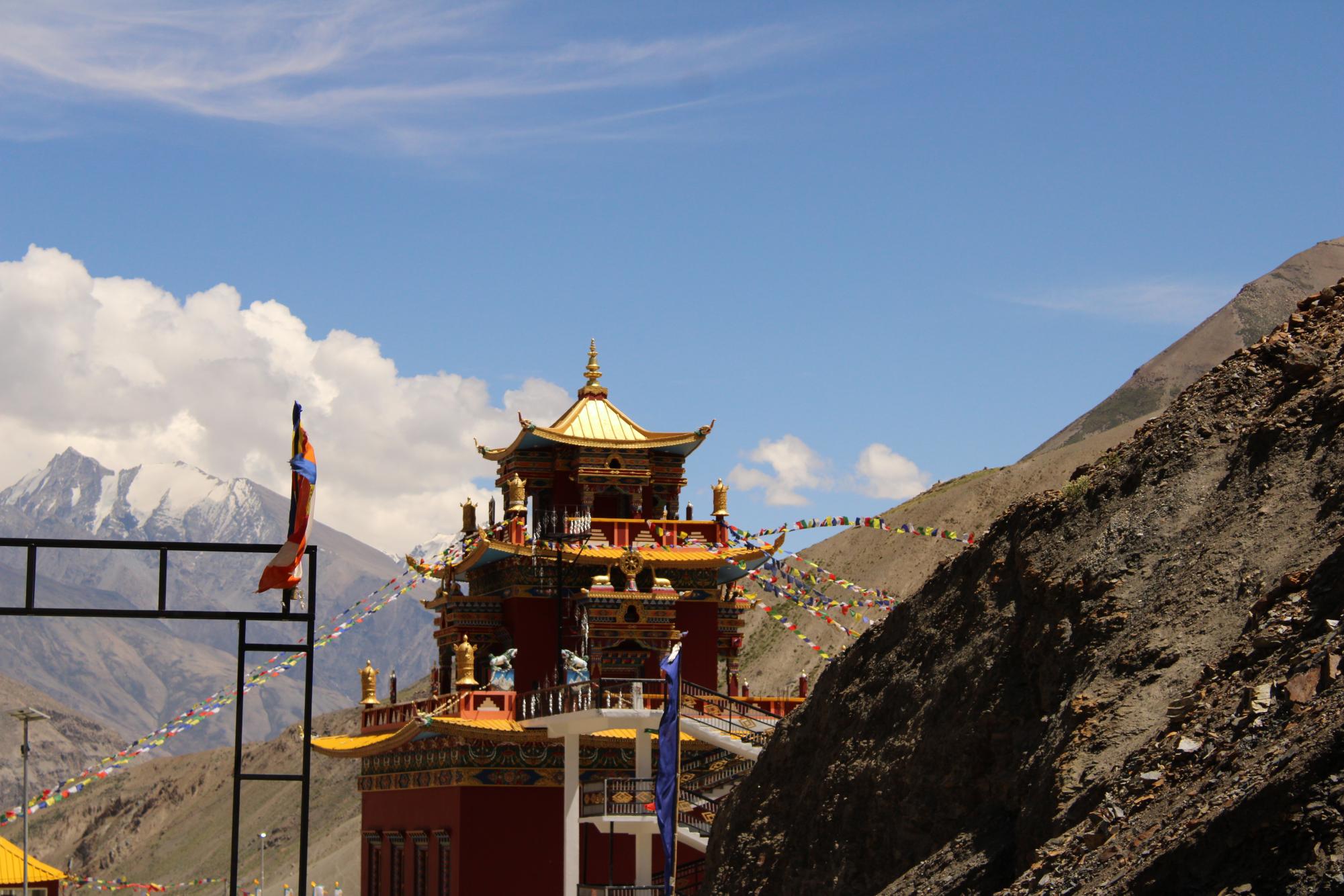
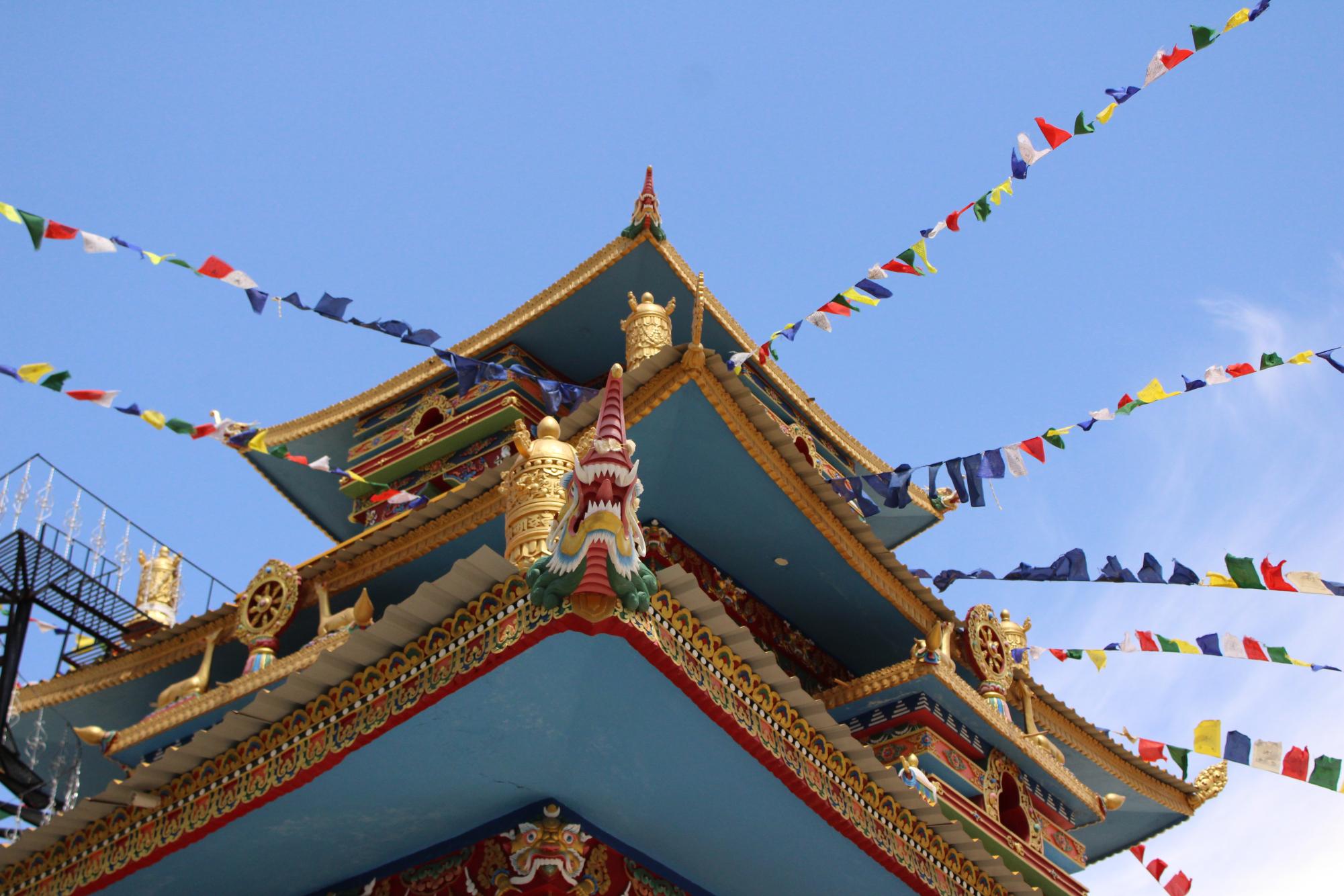
Tenzin’s mummy was discovered by chance in 1975, when an earthquake struck the area. During an excavation of a bunker following the earthquake, Indian border personnel found Tenzin. The villagers were surprised to find his body, which was remarkably well-preserved.
Research into Sangha Tenzin’s preservation was carried out by an international team of experts. The team included Victor Mair, an anthropologist at the University of Pennsylvania, Margaret Cox, a forensic anthropologist at Oxford Brookes University, and Bruno Tonello, a British radiographer specializing in forensic imaging. Together they aimed to understand the preservation and seated posture of the monk. This posture, known as zoik-shun is more than just a comfortable sitting position. It is a tool for uniting the body and mind to foster deeper concentration.
The X-rays taken revealed the body was preserved without embalming, suggesting extraordinary mental and physical discipline. This type of preservation points to the possibility that Sangha Tenzin used some advanced meditative practices to gradually dry out and transform his body from within. This feat often includes extreme dieting and requires immense control over breath. To Buddhists, this level of mastery reflects a life devoted to meditation and transcending the ordinary limits of being human.
The practice of self-mummification, while rare, is not unique to Gue. Japanese monks such as Buki have been known to practice through years of fasting and meditation in sealed spaces. By shrinking organs and muscles, it’s possible to prevent decay. Similar methods are believed to have been employed by Tenzin. He likely relied on fasting, meditation and mental discipline to prepare his body for death. Studies of meditation, including research by Dr. Herbert Benson at Harvard Medical School, suggests that advanced meditation can lower oxygen use and, in the case of Tummo yoga, even raise body temperature. These are factors that may contribute to preservation.
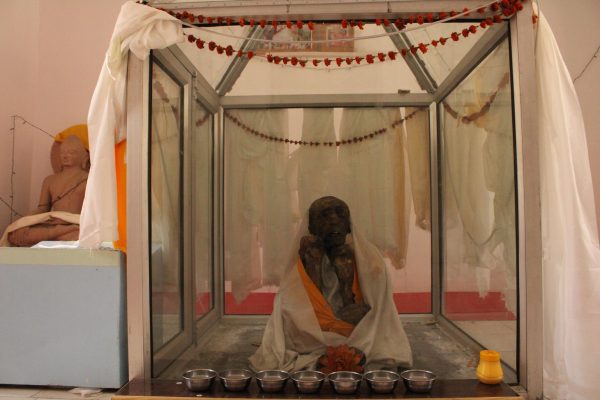
(Joshua Evan Battermann)
Carbon-14 dating confirmed Tenzin’s age at approximately 500 years, dating back to 1475. This makes him even older than comparable Japanese mummies. Analysis also revealed elevated nitrogen levels, consistent with extreme malnutrition prior to death. This finding aligns with the historical accounts of self-mummification practices.
Sangha Tenzin’s life and death reflect a profound devotion to spiritual discipline, self-sacrifice, and the pursuit of mastery over the mind. His preserved spirit endures in local folk songs and in the reverence of villagers who continue to worship him. For the people of Gue, he remains a source of inspiration. He is a lasting symbol of faith and human resilience. As for the scientists, his preserved body offers a rare opportunity to explore the intersection of culture, spirituality, and biology.
This intersection of belief and study is written into the land itself. The dirt path winds toward the monastery, where prayer flags snap in the wind overhead and the golden roof catches the sun, glinting against the snowcapped peaks in the distance. In this brilliance and silence of the Himalayas, Sangha Tenzin’s presence feels like a spirit still watching over the village.
As Sangha Tenzin continues to meditate, centuries after his death, he reminds the world of the extraordinary power of devotion, discipline, and the human spirit. His preserved body is more than a historical curiosity—it is the embodiment of Buddhist practices. His sacrifice continues to draw pilgrims and researchers alike, each searching for meaning from him. Visitors to Gue do not just see a mummy, they encounter a symbol of human endurance. As the sign at his shrine reminds us: “Self sacrifice for the well-being of others isn’t an easy task. It demands a tremendous amount of determination, fortitude and intense concentration. He is and will remain a living source of inspiration for the whole world.”
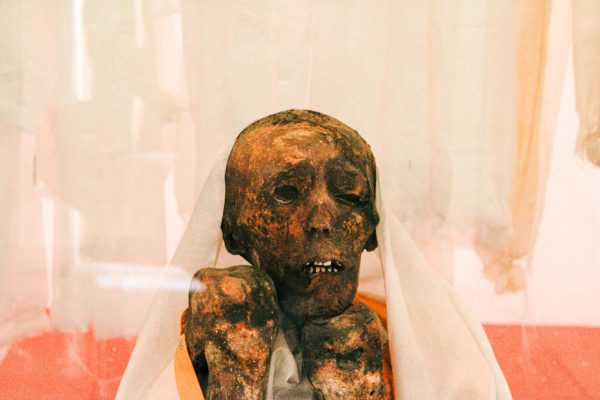
(Joshua Evan Battermann)


